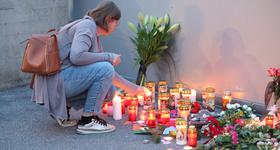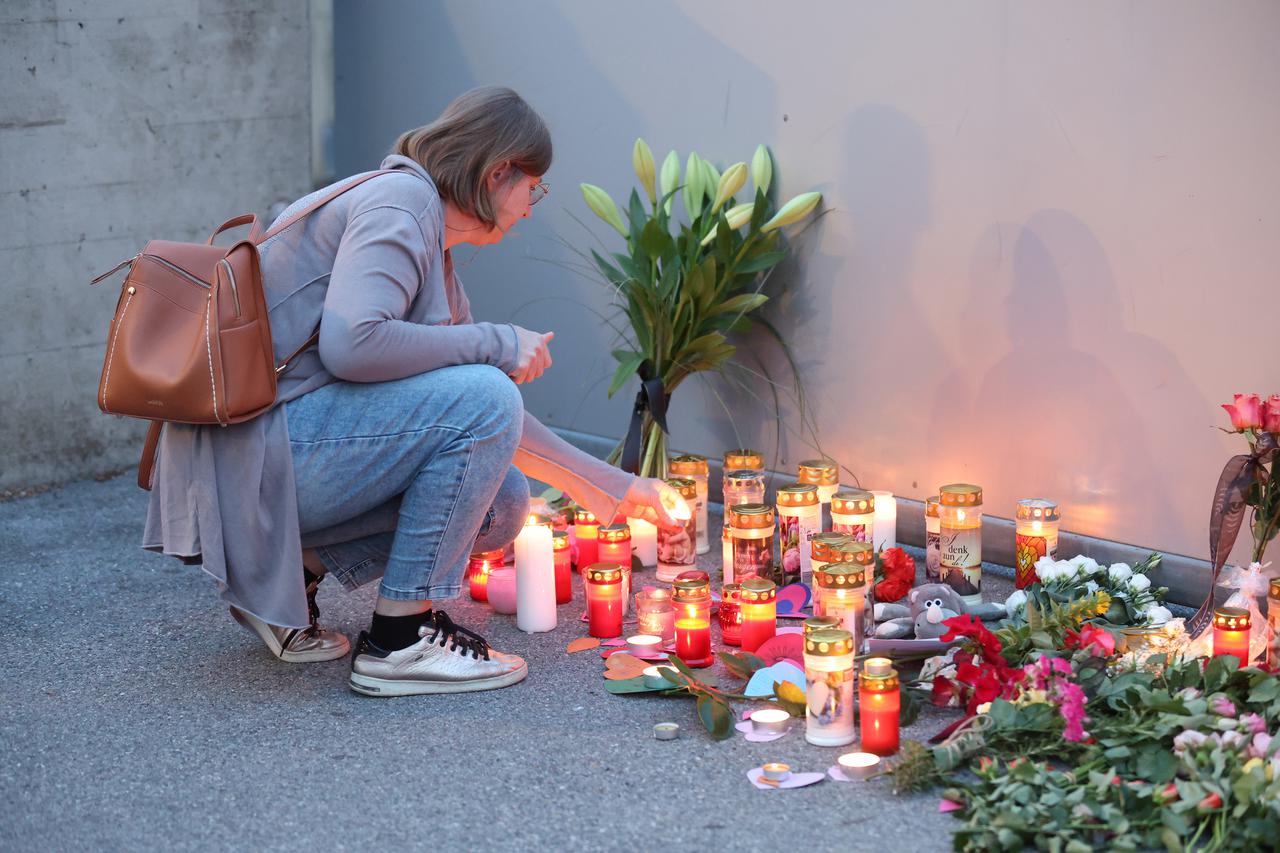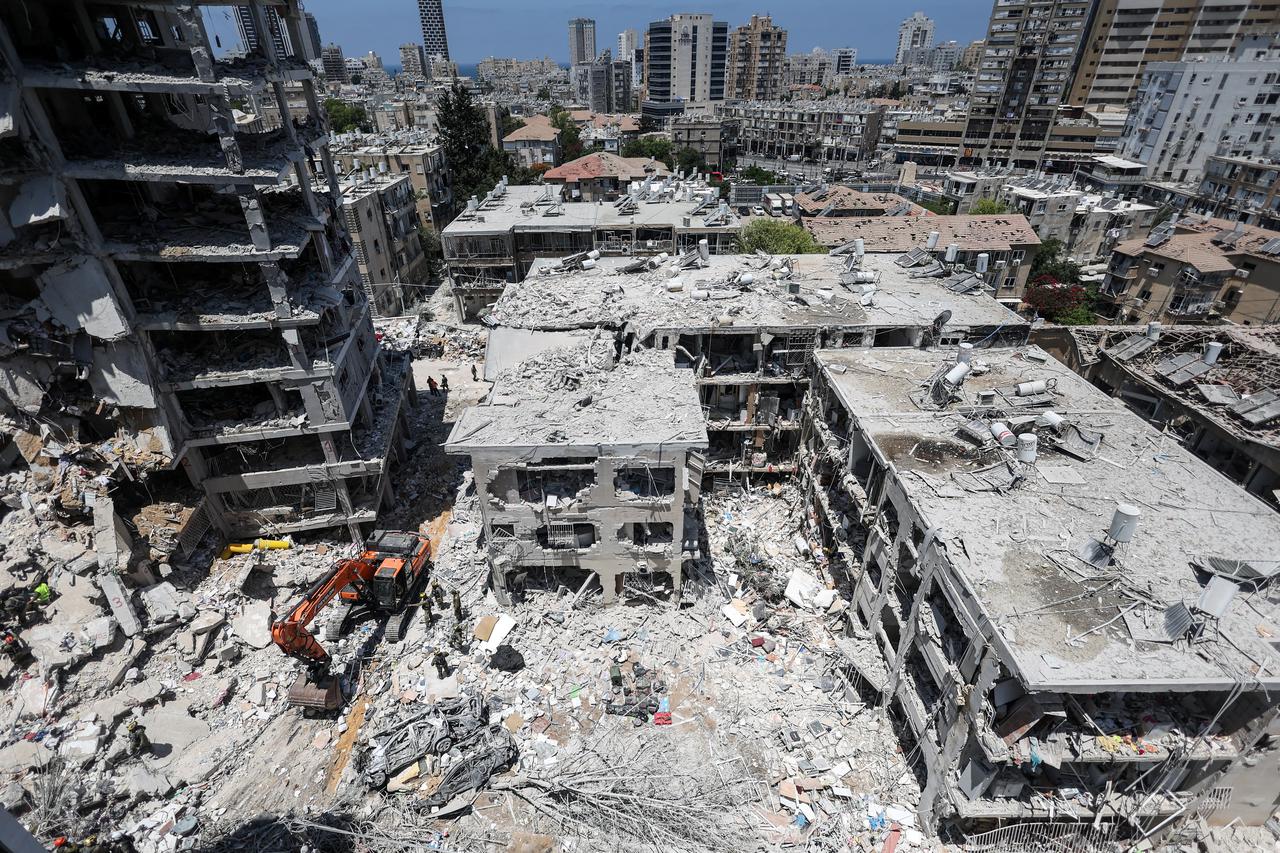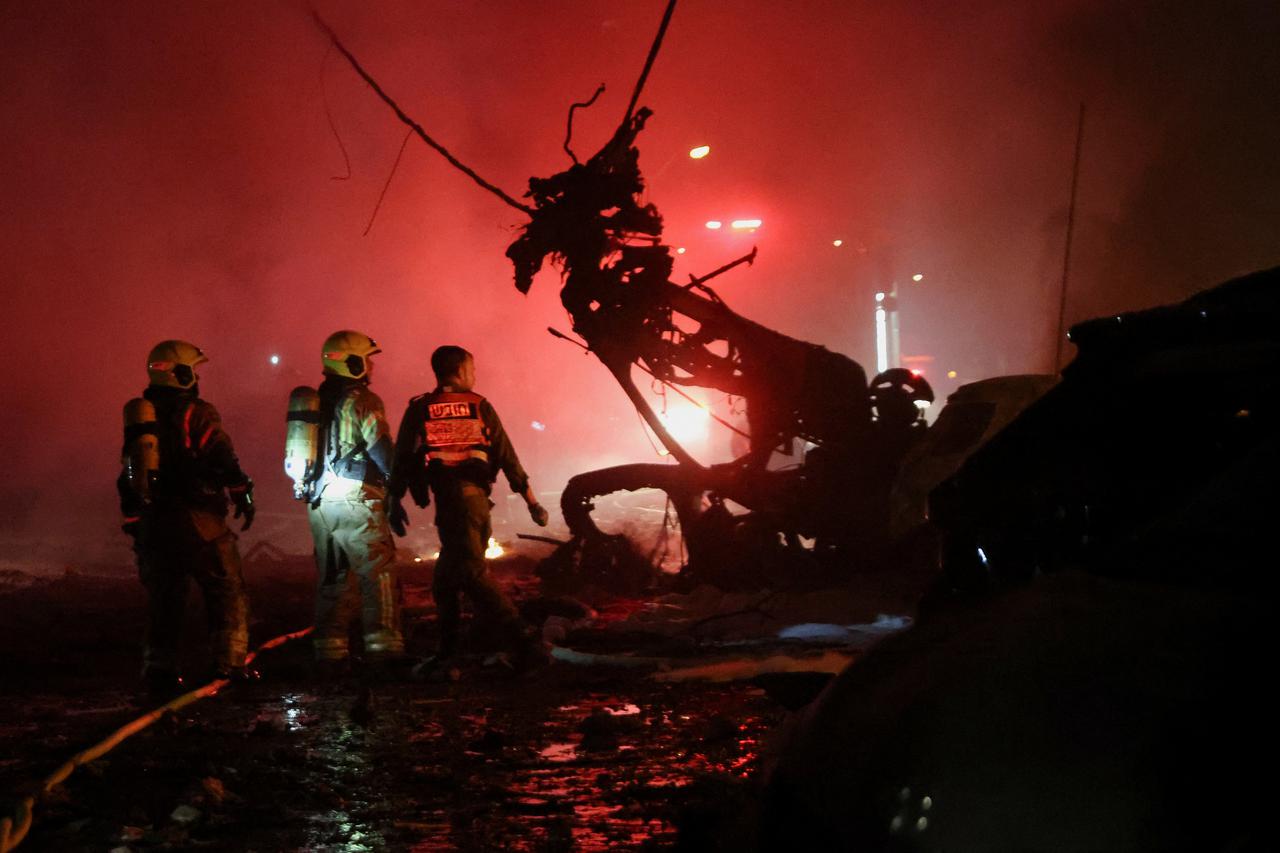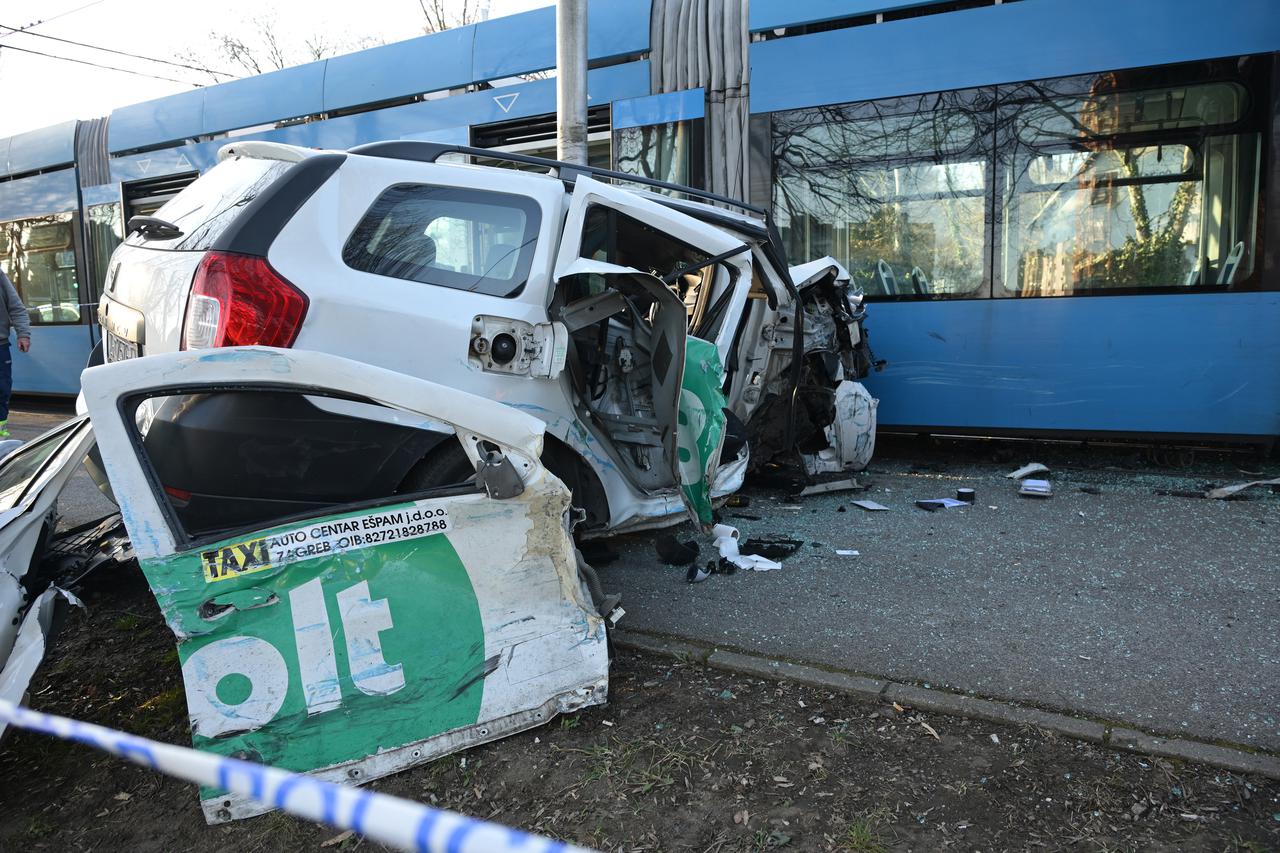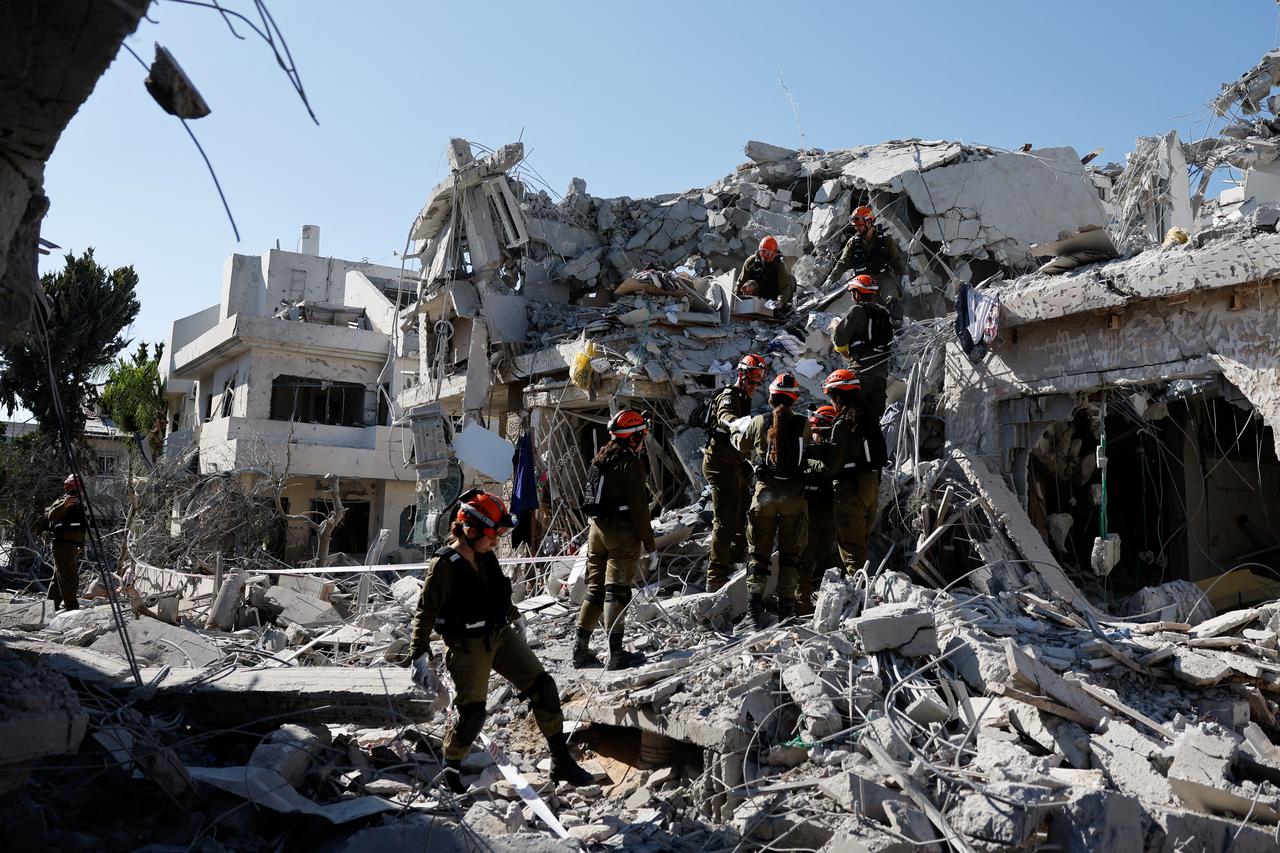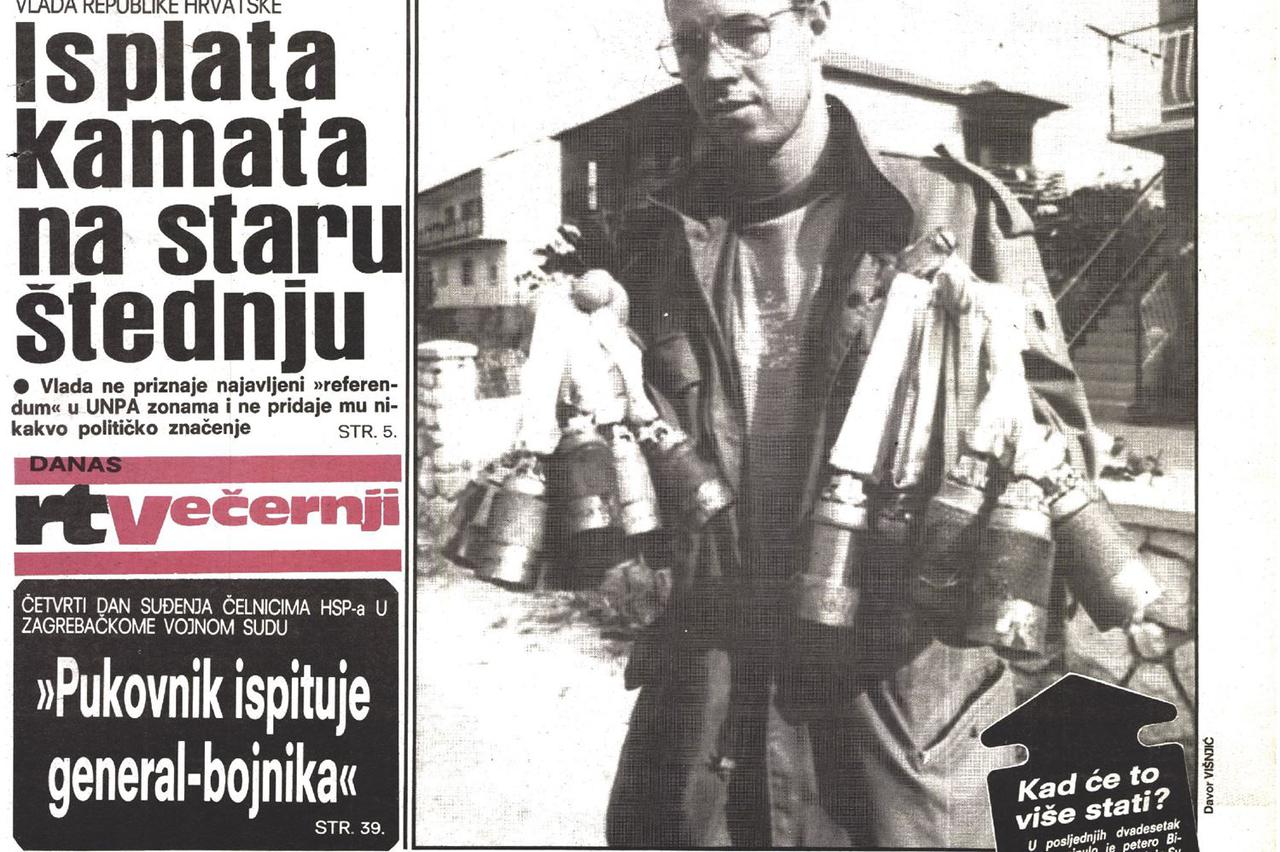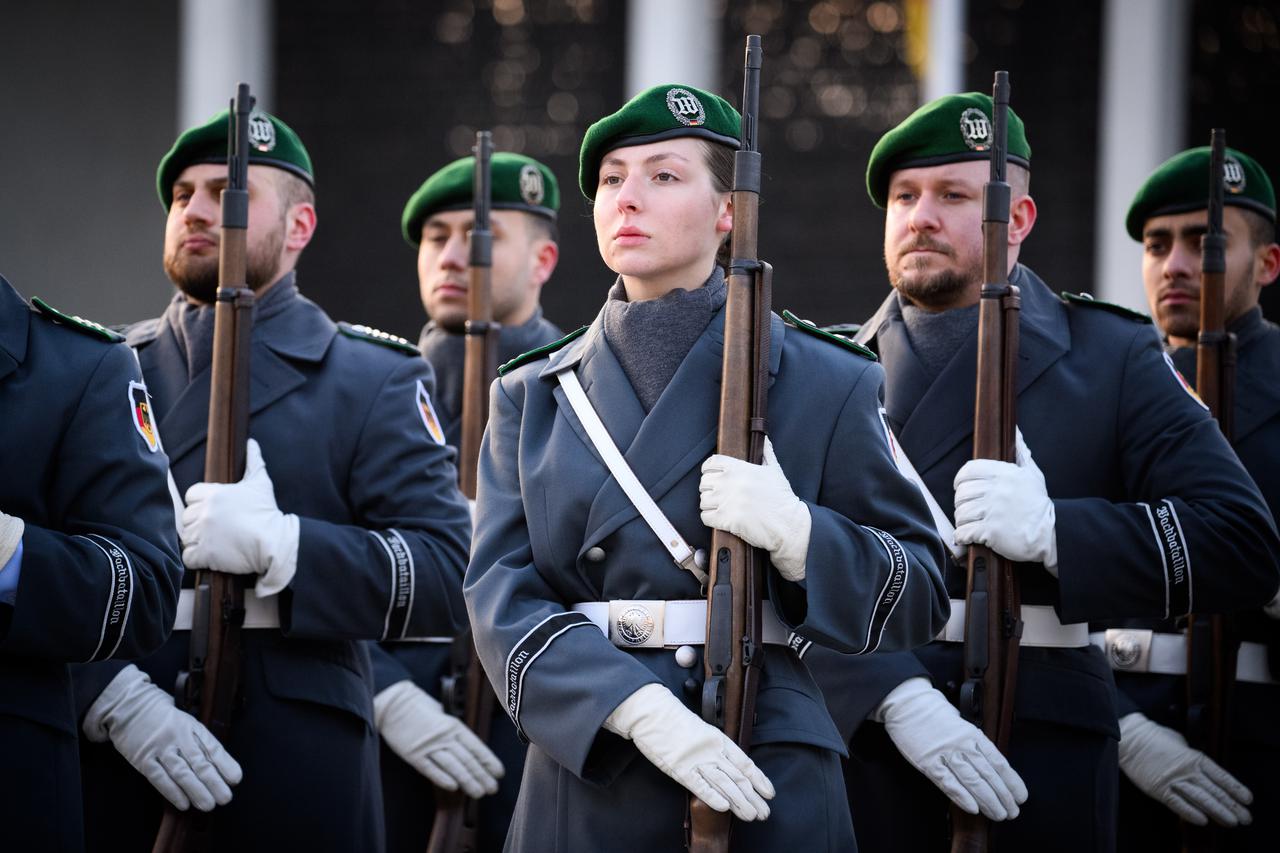The main topic of the article is the tragedy at an Austrian high school where a former student committed a mass shooting, causing deep societal concern. The article emphasizes that school violence is not an isolated issue but a reflection of broader social disorder. It stresses the need to make schools places where children feel accepted and a sense of belonging, not just places of grading. Different political perspectives address the causes of violence, ranging from moral panic to social and political factors.
Political Perspectives:
Left: The left-leaning narratives emphasize the societal and systemic causes of school violence, such as social alienation, lack of support for mental health, and the failure of educational systems to create inclusive environments. They criticize quick scapegoating of video games or generational blame and call for deeper social reforms and investment in community and school support systems.
Center: Center perspectives acknowledge the tragedy and the need for schools to be safe and supportive environments. They focus on balanced approaches, including better mental health resources, school safety measures, and community involvement. They tend to avoid politicizing the issue excessively and call for pragmatic solutions.
Right: Right-leaning narratives often focus on individual responsibility, discipline, and sometimes the role of family and traditional values. They may emphasize the importance of law enforcement and security in schools and sometimes attribute violence to cultural or moral decline. There can be skepticism towards systemic explanations and a focus on restoring order and authority.






